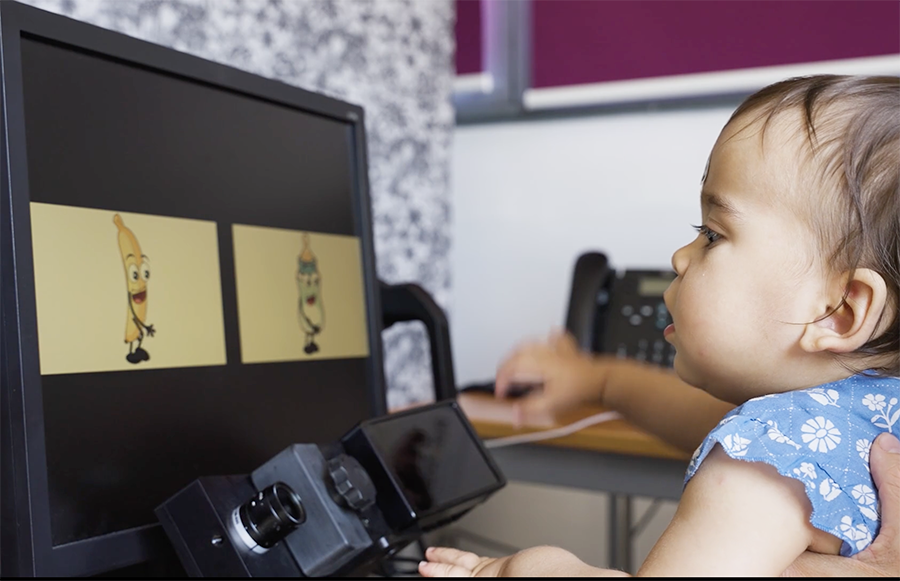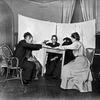You are here
Does thought have its own language?

You participated in the LoT 2023 workshop devoted to the ‘Hypothesis of the language of thought’, held in Nantes, in western France, on 11-13 July. What exactly does this hypothesis entail?
Isabelle Dautriche1: The theory emerged as a result of more fundamental research on thought: what is the format for thinking? How do our ideas connect and produce meaning? It is all the more difficult to answer these questions since our thoughts seem spontaneously evanescent and elusive. In order to study them and conduct experiments, it’s important to have a better idea of their form and intrinsic nature. Researchers in philosophy of mind and the cognitive sciences have postulated that thought has a structure analogous to that of language. Just as the latter uses words and sentences to express meaning, it would be a combinatory system based on symbols and rules to represent and manipulate mental content.
This is what is called the ‘language of thought’ (LoT) hypothesis. The challenge is to determine the strengths and limitations of this conjecture, and whether it sheds light on the workings of the human mind.
Could you give an example of a function common to both language and thought?
I. D.: Take a simple phrase, for example ‘a long-haired black cat’. In this clause, I am mobilising elementary concepts (‘black’, ‘long-haired’) and arranging them according to certain linguistic rules in order to communicate the idea of a specific cat.
I can repeat this operation ad infinitum and transmit increasingly complex information: ‘A long-haired black cat that was sleeping in a basket…’ I can also use the same elements in other sentences, giving them a different meaning: ‘a black basket covered with cat hair’. It’s a bit like a Lego set. In linguistics this is called compositionality: the meaning of an expression is determined by that of the individual words that compose it and their order.
In the LoT hypothesis, thought is presumed to work in a similar, ‘combinatorial’ manner. The brain uses simple mental representations, like the bricks of our Lego set, to compose an infinite number of complex ideas. From this point of view, studying the rules of the composition of language – which has the advantage of being more readily accessible than thought – would enable us to understand how the mind works.
Other than words, what kind of mental representations does our thinking process use?
I. D.: That remains a mystery. We can surmise that it deals with concepts, intuitions, images and other types of sensory representations (sounds, sensations, etc.). However, it is presumed that thought must use certain forms of categorisation. If I think of ‘a house’, for example, the concept usually conjures up images of ‘roof’, ‘doors’, ‘windows’… And conversely, that of ‘dwelling’ can include the notion of ‘house’, but also ‘flat’, ‘rental’, ‘property’, etc. It appears that thought creates sets and subsets, with various levels of generality and specificity, in order to define the concepts that it wields. This aspect is the easiest to understand, because it corresponds to our use of language.
Nevertheless, some brain activities seem to mobilise a different, ‘non-symbolic’ type of mental representation. This is the case, for example, with everything concerning spatial orientation: locating the top or the bottom, evaluating a distance, etc. Then there’s the question of sensations and emotions: when you look at a painting or listen to music, you feel something more than just perception. Philosophers of mind call this ‘qualia’. A better understanding of the nature and role of these mental representations is one of the points to be explored.
What are the strong points of this theory?
I. D.: Its main advantage is the ability to explain simply how human thought can generate an infinity of ideas, some of which can be extremely complex. In language, we see that a finite set of symbols and rules makes it possible to communicate all sorts of information on any topic. Similarly, thinking would entail the construction of mental representations according to generative rules, allowing us to produce an unlimited range of thoughts and ideas.
The existence of rules would also explain why thought seems to conform to a kind of systematicity – our ability to conceive certain thoughts is intrinsically linked to our capacity to understand others. For example, it is impossible to imagine that “Anna likes Lisa” without also being capable of apprehending that “Lisa likes Anna”.
The language of thought also offers an insight into human rationality and the faculty to reason. By postulating a structured symbolic system, it suggests that rational thought involves the manipulation of mental representations according to logical rules. In addition, the LoT hypothesis provides a better understanding of the development of cognitive aptitudes in children. In particular, learning a language and other symbolic systems would rely on a more fundamental system of mental representations. This would explain why the acquisition of certain ways of speaking and that of manners of thinking seem to be interrelated.
Does the theory also have limitations or blind spots?
I. D.: There are, quite simply, alternative theories – for example, connectionist models based on the principle that all of our mental activity is the result of interactions between neural networks. Its proponents see no need for a symbolic system to explain our cognitive faculties. These alternative explanations gain strength from the absence of a definition or empirical evidence of the language of thought. How can it be described? What is it supposed to be made of? I have mentioned a combinatorial symbolic system, but the expression is deliberately vague, a general concept that needs further research in order to be more clearly defined.
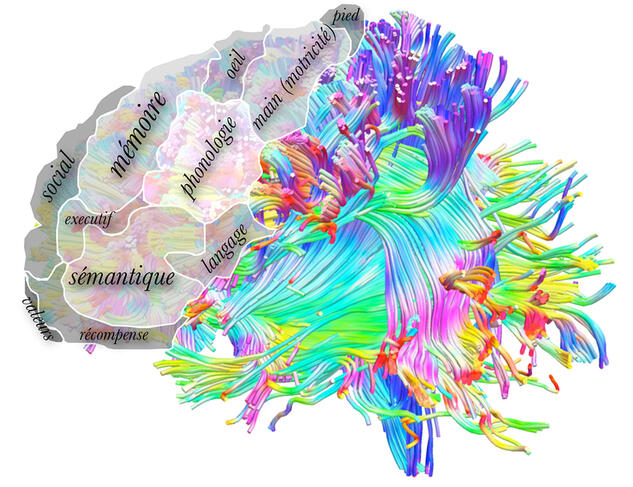

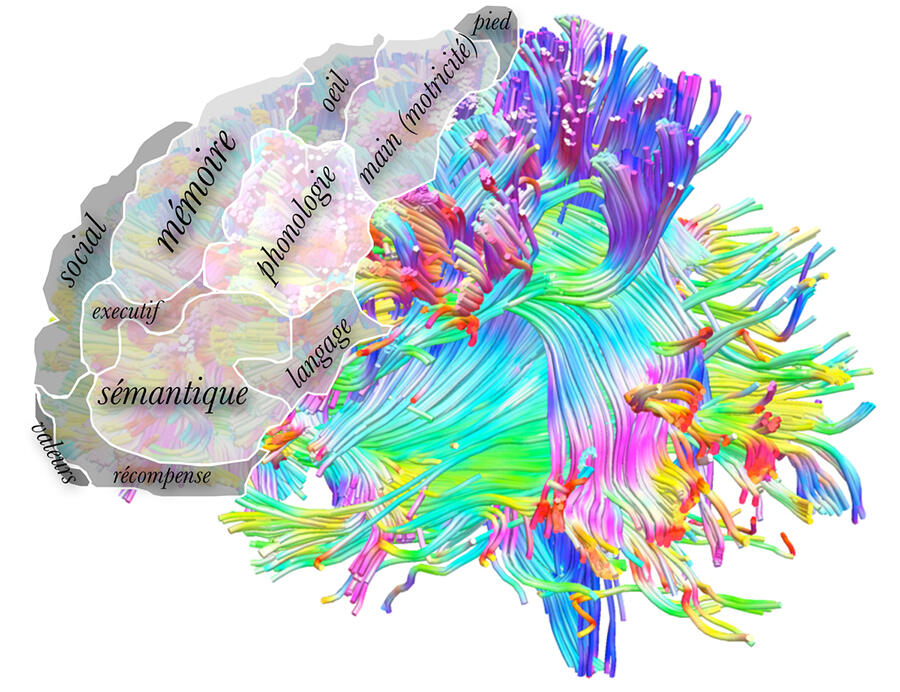
In this respect, the LoT 2023 conference proved to be particularly relevant. Three philosophers – Jake Quilty-Dunn, Nicolas Porot and Eric Mandelbaum – presented the conclusions of a study on the properties that such a language of thought should have. These include, for example, discrete constituents (in ‘it is a pink object’, the attribute ‘pink’ can be deleted without having to suppress any other element), logical operators (like ‘if’, ‘then’, ‘or’…) and role-filler independence (in ‘John loves Mary and Mary loves John’, there is an agent that depends on neither Mary nor John). This intriguing reflection sparked much discussion throughout the conference.
Is the mystery solved?
I. D.: Not quite, unfortunately. For example, one sizeable problem is that some mental operations and representations seem to exist only when language is in place. Jean-Remy Hochmann, a researcher in the cognitive sciences, has pointed out that babies do not have an abstract concept for ‘identical’ and ‘different’. While they identify two objects as being dissimilar, such as a banana and a baby bottle (or alike, in the case of two bananas), they cannot tell that they differ in the same way as an apple and a cat do. It seems that they must first acquire the words that enable them to express this disparity, like ‘same’ or ‘different’. This observation is a strong argument against the existence of a system of thought at the origin of language, since its development itself seems to depend on language.
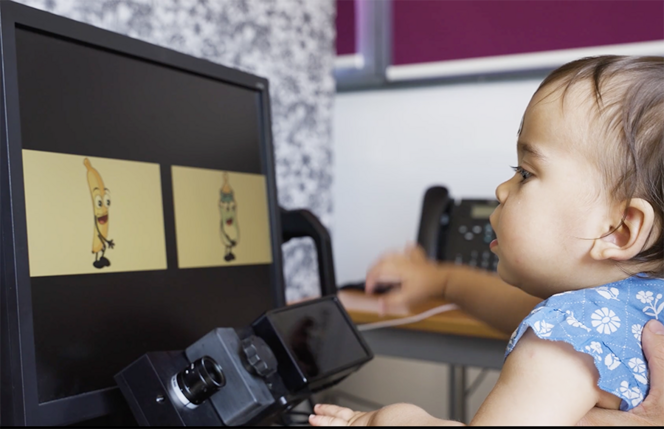
As a language acquisition specialist, which aspects of the LoT hypothesis do you find most interesting?
I. D.: In my work, I examine how certain properties of language derive from our cognition. I conduct experiments with babies and non-human primates to find out what kind of mental representations exist in the absence of language. For example, I have studied Guinea baboons, teaching them a visual symbol equivalent to negation in order to see if they can learn the concept without having a language comparable to ours. This experiment, and a similar one on human babies have shown that baboons can learn a negation symbol and connect it with another (‘blue’) to form a more complex ideogram (‘not blue’). This is an important finding because it shows that baboons not only have concepts for certain logical operators (‘or’, ‘and’, ‘if’, ‘then’…), but they can also combine them. In other words, they have a compositional mental system. Much work remains to be done to shed light on the similarities and differences in the language of thought in different species and at different stages of development. ♦
For further reading and viewing
Inside the mind of a baby
- 1. CNRS researcher at the LPC Cognitive Psychology Laboratory (CNRS / Aix-Marseille Université).
Explore more
Author
Fabien Trécourt graduated from the Lille School of Journalism. He currently works in France for both specialized and mainstream media, including Sciences humaines, Le Monde des religions, Ça m’intéresse, Histoire or Management.




